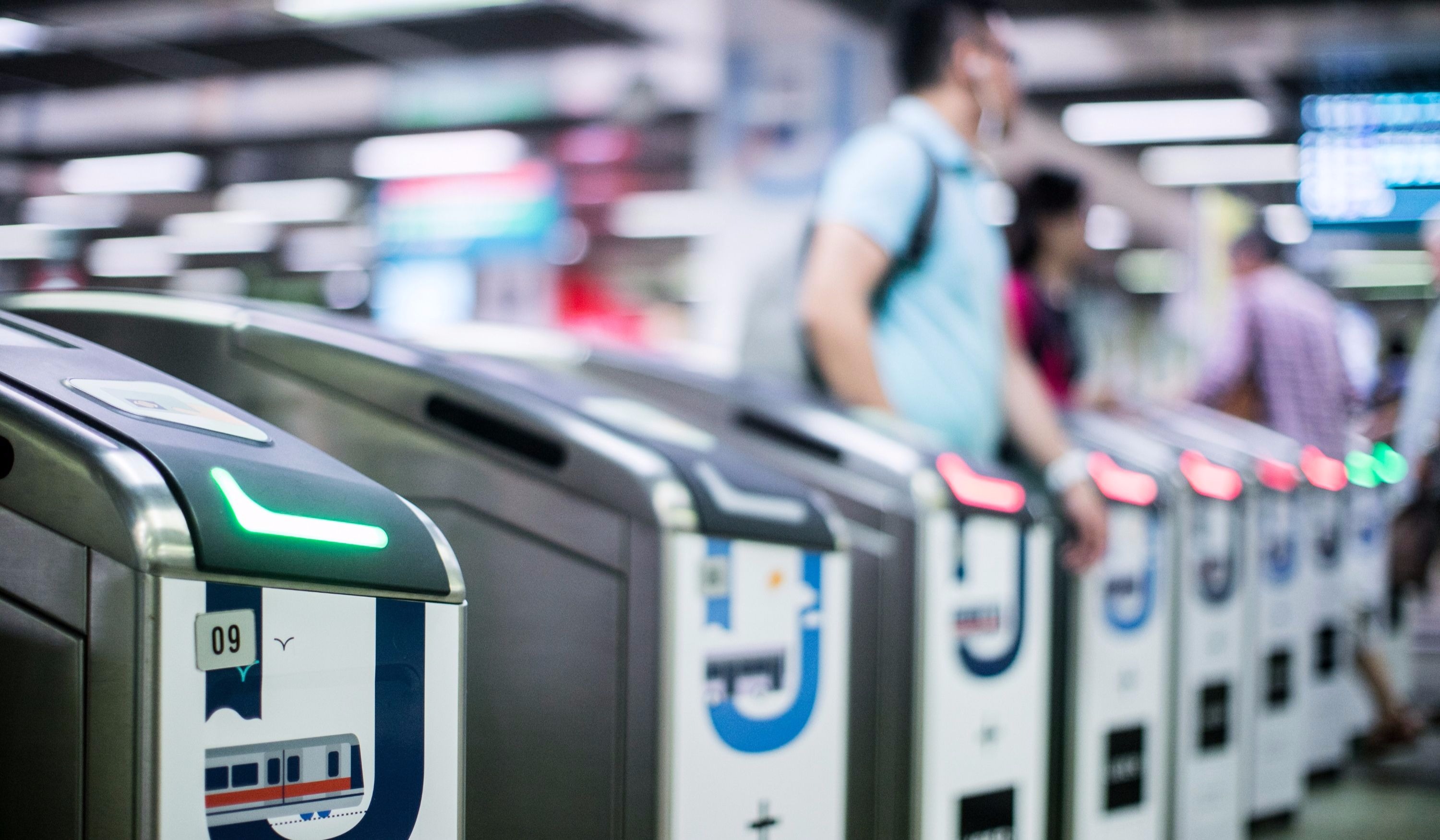Balancing Sustainability and Affordability

MORE CHOICES FOR COMMUTERS WITH DTL3
The Downtown Line 3 (DTL3) which opens on 21 October will undoubtedly be a game changer for the commuters in the east as it will significantly shorten their travel time to the city and onwards to the west. MacPherson station, an interchange station, will link DTL3 to the Circle Line. Residents residing near Tampines and Expo stations on the East-West Line can also look forward to additional options getting to the city.
The DTL is the latest addition to the Government’s stable of investments in new rail infrastructure, on which it will spend $20 billion over the next 5 years. This comes on top of $4 billion to renew, upgrade and expand rail operating assets, and another $4 billion in bus contracting subsidies over the same period. While these investments are a necessary part of the Government’s push to improve the public transport experience, they raise operating costs and impose a heavy cost burden on taxpayers. The Council therefore cannot turn a blind eye to this trend of rising costs but will have to ensure that the viability of the public transport system is sustained.
FPPT AND OPP REVIEW
Added to PTC’s review this year is the request by the Ministry of Transport to review the findings of the Free Pre-Peak Travel (FPPT) and the Off-Peak Pass (OPP) trials, and to assess if tiered (differentiated) fares to incentivise off-peak travel on public transport should become a permanent feature. The concentration of travel within a few hours each day is resource-intensive and inefficient. A more sustainable solution is to spread out travel demand across the day.
Singapore’s experiment with differentiated fares was not the first. In fact, several major cities, such as Sydney and London, have been differentiating peak and off-peak fares with some success. The Council is therefore evaluating travel patterns to determine how a differential fare mechanism can best help smoothen travel demand in Singapore.
REVIEW OF THE 2017 FARES
We are now in the season of the annual Fare Review Exercise and are reviewing the 2017 fare adjustment and rail operators’ proposals against this background.
A study by the Singapore University of Social Sciences (SUSS) of our fares with 35 cities supports the relative affordability of our fares. After adjusting for the relative strength of currencies and costs of living, Singapore’s rail fares are among the lowest in Asia, and considerably lower than those in Australian, European and North American cities. This was corroborated by feedback from our focus group discussions with commuters who told us that our fares are affordable. These are extracts of their views (no names are provided for privacy reasons):
“Actually, I think it is still affordable because I stay at the end of Singapore which is at Punggol. I get to town I only pay about $1.57 per trip. Every month I top up about $150 so roughly at end of the month I have about $10-20 left…. So, affordability-wise, I think for myself still affordable.” (Working adult)
“The fares are quite ok for me. I am quite comfortable with it.” (Senior)
We must, and will, continue to keep the voices of our commuters firmly at the forefront, even as we consider the rising costs. We will announce our fare decision in due course. For now, I am sure many commuters, like me, are looking forward to DTL3 and how it can bring us more quickly to some of our favourite foods in the East!
Richard Magnus
Chairman
Public Transport Council
